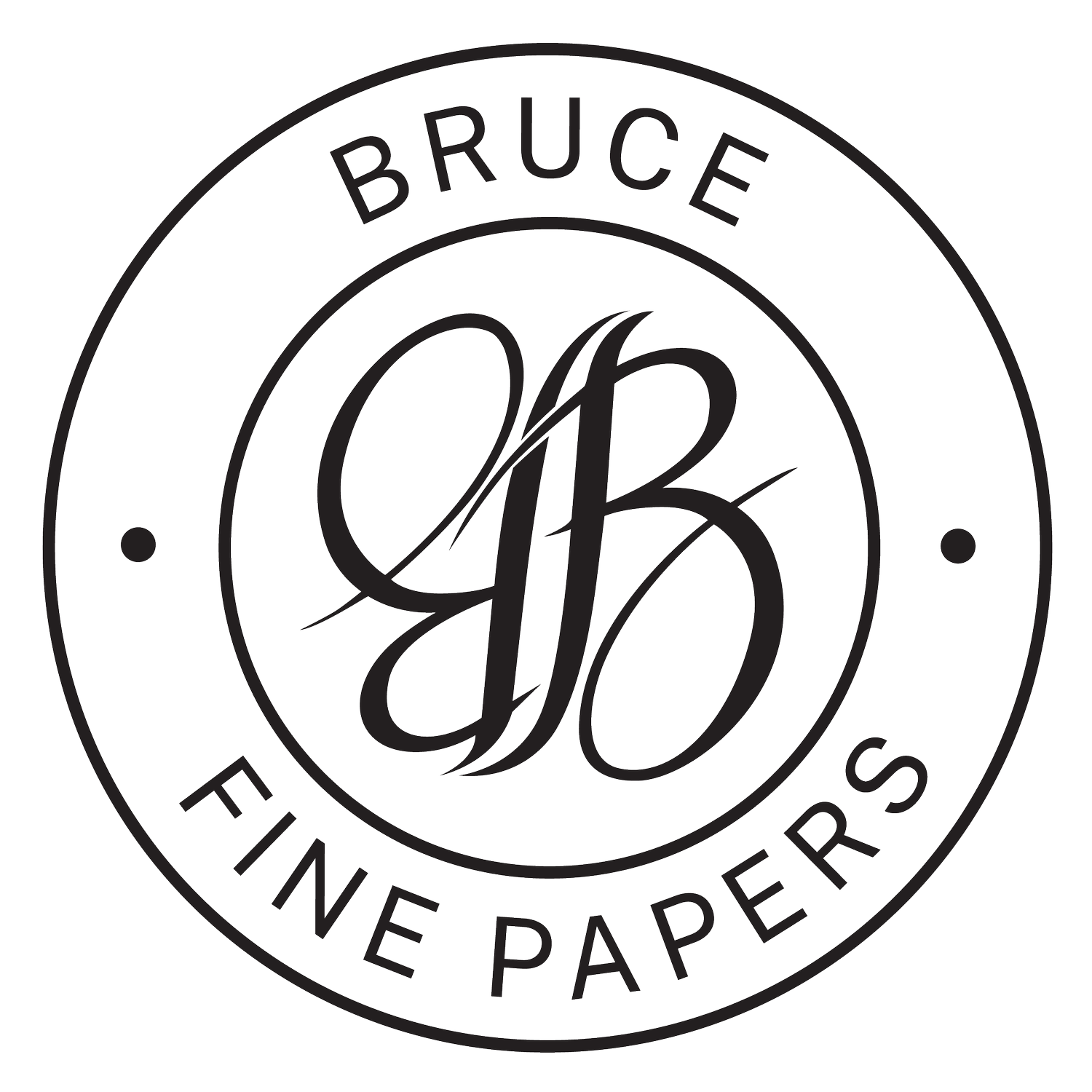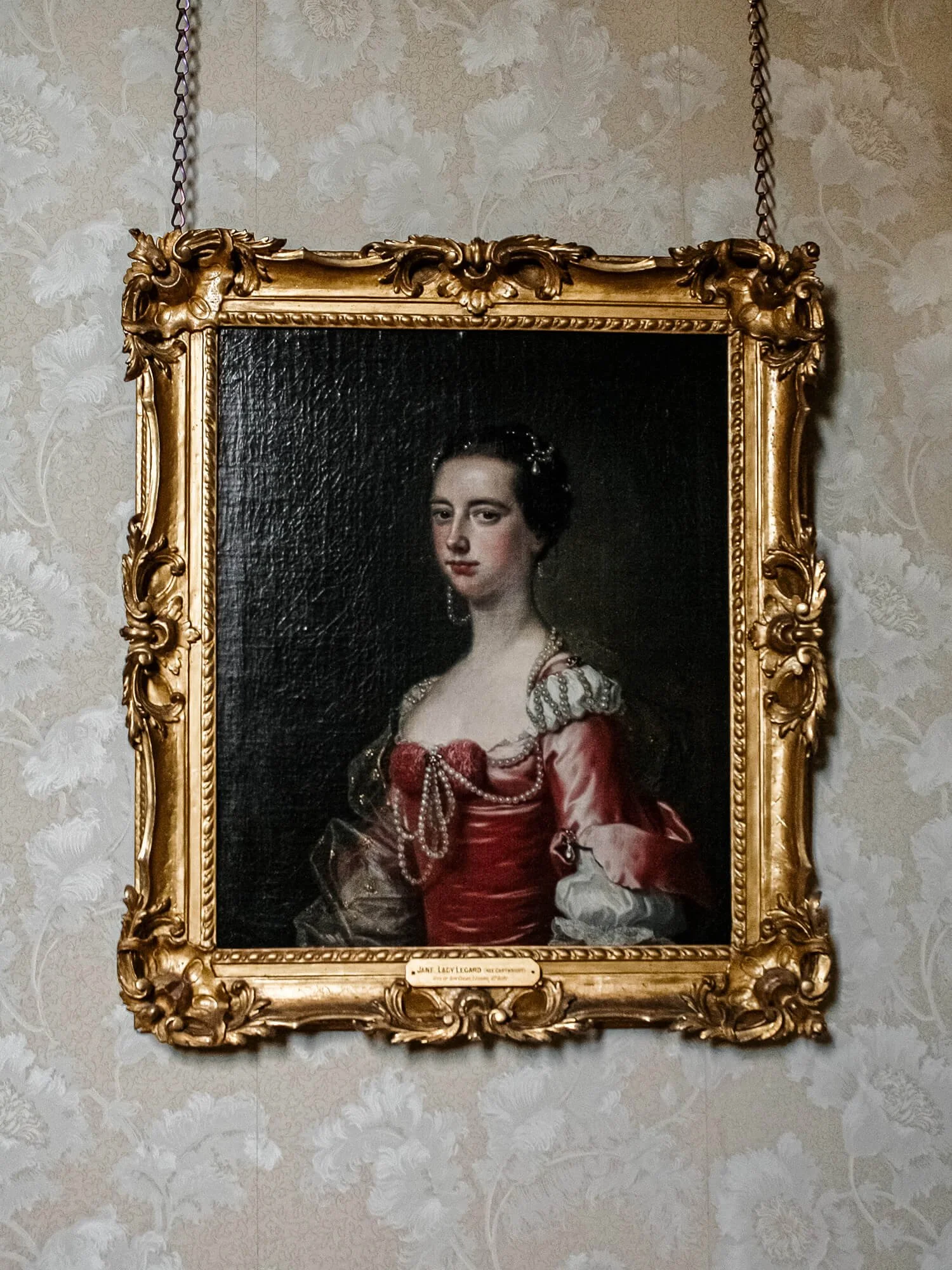
Scampston Hall
The Hall
Scampston Hall is a grand country house near the town of Malton, in the heart of Yorkshire. Rather remarkably the hall is still very much a family home and has remained in the hands of the same family for over 300 years.
With the family only changing name once through marriage the current Legards and owners of Scampston Hall are descendants of the St Quintins who came across to Britain from France in the 11th Century. The original St Quintin was actually one of William the Conqueror's knights and as a family they were extensive landowners in the Yorkshire region. It was towards the end of the 17th Century that the St Quintins bought Scampston Hall, and they haven’t left since.
The hall itself was first built around 1700 but it is the outcome of a large remodelling by Thomas Leverton in 1795 - 1800 that you can see today. Carefully cared for and restored by the family that has kept it going for over 300 years the hall contains one of the finest Regency Interiors in Britain, still possessing much of its original furniture and wallpaper.
Accompanying these impressive Regency Interiors is a rather incredible art collection which was largely built up by the 4th Baronet Sir William St Quintin of the late 18th Century. Within this collection are works by the artists Batoni, Romney, Lely and Kneller, a sister painting to one in the Royal Collection, and several works (including one of his landscapes!) by Thomas Gainsborough who was a close friend of Sir William and neighbour when staying in their Bath properties for the season.

It’s not just the art, the furniture, the wallpaper, the gold leaf cornicing, the hand painted marbling that makes Scampston Hall stand out either as its grounds and gardens are the combination of two incredibly important designers. The original garden was designed by Capability Brown in 1782, featuring 10 acres of water features and a Palladian-style bridge. As well as this in the large restoration works in the 90s there has since been the addition of a contemporary walled garden designed by famous Dutch designer Piet Oudolf in 1999 and it remains his largest private commission in the UK.
Currently under the ownership of the latest descendent Christopher Legard, Scampston Hall is open to the public for a limited period in the summer months where groups, led by guided tour, can experience its Regency Interiors with no ropes or barriers in sight.
The Wallpaper
Scampston Hall had seen two redecorations, one in 1860 and another in 1910 when it was inherited by current owner Christopher Legard’s father and stepmother, Sir Charles and Lady Legard in 1994. Since these redecorations however it had fallen into a rather dilapidated state and required extensive renovation to restore its fabulous interiors back to their former glory.
It is no mean feat to keep a grand country home like Scampston Hall in immaculate condition and often restoration works are undertaken in the Hall’s winter period where it is closed to the public. But it is this extensive restoration work undertaken in the mid 1990’s by Sir Charles and Lady Legard where Bruce Fine Papers gets involved to reproduce and reinstate the wallpaper in the main stairwell of the hall.
This Ostrich Feather design in the main stairwell of Scampston Hall is a truly fascinating piece of design history. It is a highly sophisticated and complex block printed design that most likely dates from the turn of the 20th Century, around 1890 - 1900, and would have been installed into the hall during the redecoration of 1910.
It has a fabulous Art Nouveau feel to its complex design but is a rather unusual outlier in design history suggesting that the client was involved in choosing the different blocks to complete the decorative scheme and that it was something rather special and unique to the Hall.

The most interesting part to this design is the small-scale all-over pattern which creates the background to the delicate ostrich feather foreground. Produced by a rather sophisticated wallpaper block at the time, which would have been created by hammering cut out copper sheet into the wooden surface to create the fine line pattern, this is a very unusual design choice that shows the personal taste of the original client.
For the new clients, Sir Charles and Lady Legard, we reproduced this design in a brand-new custom colourway of their choosing, going with a more delicate pale-yellow scheme over the original aqua. They also chose to make a feature of this unique and unusual small-scale all-over pattern by having just that single block as an accompanying wallpaper for the adjoining corridors and hallways of the stairwell.
Ostrich Feather. An intricate, unusual and rather unique piece of design left over by the height of the block printing industry reinstated and given new life back into the Yorkshire Hall that it was originally produced for.









